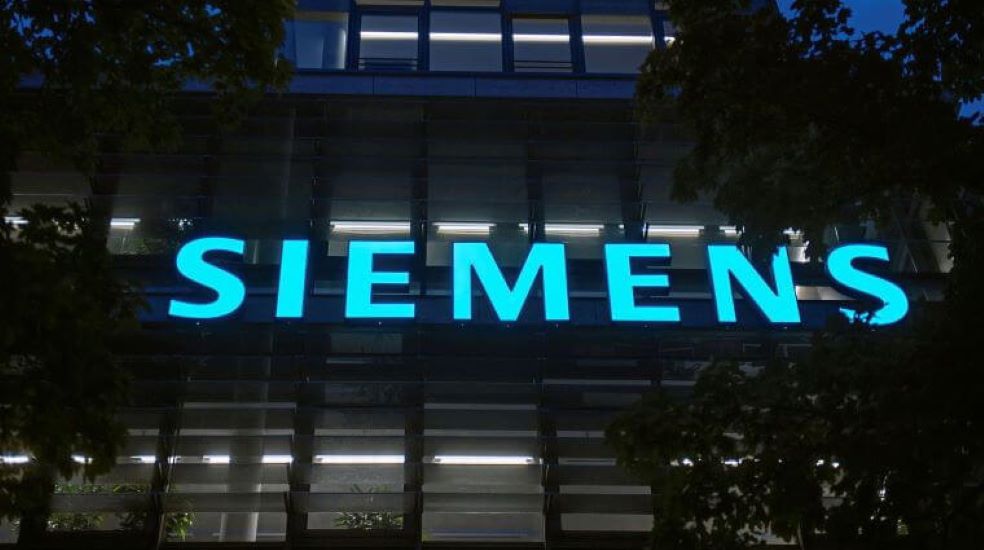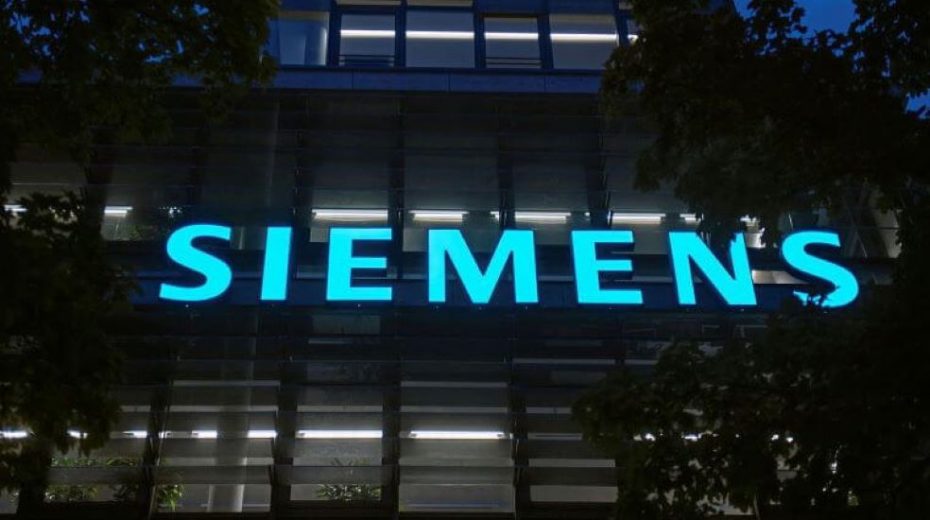
The News: Siemens recently did an analyst update call on its plans regarding its MindSphere IoT platform and its Mendix low-code application software. The conversation began with a report on a leadership change. Stephen Bashada, who started with MindSphere three years ago, has retired and transitioned his role at MindSphere over to Ray Kok. Kok has been with Siemens for 15 years running cloud programs and SAS. The company also reported that it has now combined the sales and marketing teams of MindSphere and Mendix so they can focus on scale and growth. These products have been moved out of a niche market within the organization and into a more general solutions base.
In terms of product, Siemens reported there is continued emphasis on MindSphere digital twin and its closed-loop capability and how it enables lifecycle coverage with seamless integration of digital twins from end-to-end. Though it’s definitely not a new area for Siemens, the company is looking to analytics and AI for its IoT offerings, especially for process design and data, and how it feeds into the IoT lifecycle. Siemens also mentioned that it continues to tackle vertical integration as well as foster the growth of its partner ecosystem, which now includes 525 partners globally. According to Siemens, the key to this vertical growth — and growth —general, will be the continued emphasis of the advantages that comes with pairing MindSphere and Mendix together as complementary IoT offerings.
Siemens Continues Combined Efforts of MindSphere and Mendix
Analyst Take: Throughout the course of this analyst call, it was clear that Siemens’ goal here is to enhance its MindSphere, Mendix, analytics, AI, and cloud capabilities and continue to evolve, enabling partners so that customers are able to more effectively thrive and leverage their entire portfolio. The vendor reports it is fielding more questions around dealing with the complexities of mechanical products, processes, and organizational issues such as global distributed teams and lifecycle management and wants to be able to provide solutions that speak to those needs.
Siemens looks to further help customers with transparency, in other words, enabling customers to leverage data insights to help with product design, production, and innovation. For example, most MindSphere is out-of-box, but some customers want to extend solutions to their environment — that’s where Mendix comes in with its low-code capabilities to build out solutions. This is where the combination of these offerings makes IoT-as-a-service super simple and caters to both entry-level as well as more advanced IoT customers.
In terms of customers, Siemens cites three different types of customers: Customers that already have smart products and want to bring the data from these products up into the cloud; Customers with complicated product environments that want to connect their shop floor; and enterprise platform customers that need help with digital maturity.
The vendor placed emphasis on continued cloud efforts with focus on edge-to-cloud computing, which makes it easier to connect devices. Edge analytic capabilities will make it easier to deliver IoT data in real-time for many vertical industries, where real-time responsiveness to unique business cases will be crucial, and edge-to-cloud computing will reduce latency and help speed up time-to-insight.
As IoT is being considered by enterprises in all verticals, it will be vital to work with vendors that have roots and a deep understanding of IoT. The key to implementation will be overcoming the current challenges such as legacy systems, but also choosing the right tools and capabilities to accommodate the needs of your enterprise. Vendor and partner choices will be crucial and making sure their capabilities can handle your unique requirements key. It will be essential that IoT solutions will be accompanied by a powerful, high-performing analytics engine to make sense of the copious amounts of data that will run through the thousands of IoT connections organizations will have. And, capabilities such as digital twin to plan, design, and simulate production situations with real-time adjustment capabilities will also be essential.
I think it’s a smart move that Siemens continues to strive to make these efforts for its customers through its MindSphere and Mendix offerings. With its continued emphasis on digital twin, it also faces competition with the likes of PTC, IBM and GE, though there is also some collaboration mixed in. What lies ahead for Siemens will be to place strong emphasis on its industrial roots, its long history with analytics and working with vendors such as SAS, SAP, and Salesforce’s Tableau, and the complimentary combination of MindSphere with low-code Mendix in Siemens agile cloud offering.
The fact that Siemens is combining MindSphere and Mendix efforts to accompany growth shows they are poised to support this burgeoning market.
Futurum Research provides industry research and analysis. These columns are for educational purposes only and should not be considered in any way investment advice.
Other insights from the Futurum team:
Telehealth and IoT Free Up Hospital Beds, Providing Value in Big Ways
Failing IoT Security Means Old Malware Makes IoT Comeback
IoT Cybersecurity Regulations Kick in With the Start of 2020
The original version of this article was first published on Futurum Research.
Sarah brings 24 years of experience as an industry analyst to the Futurum team. She most recently served as the head of industry research for Oracle. Her experience working as a research director and analyst extends across multiple focus areas including AI, big data and analytics, cloud infrastructure and operations, OSS/BSS, customer experience, IoT, SDN/NFV, mobile enterprise, cable/MSO issues, and managed services. Sarah has also conducted primary research of the retail, banking, financial services, healthcare, higher ed, manufacturing, and insurance industries and her research has been cited by media such as Forbes, U.S. News & World Report, VentureBeat, ReCode, and various trade publications, such as eMarketer and The Financial Brand.

